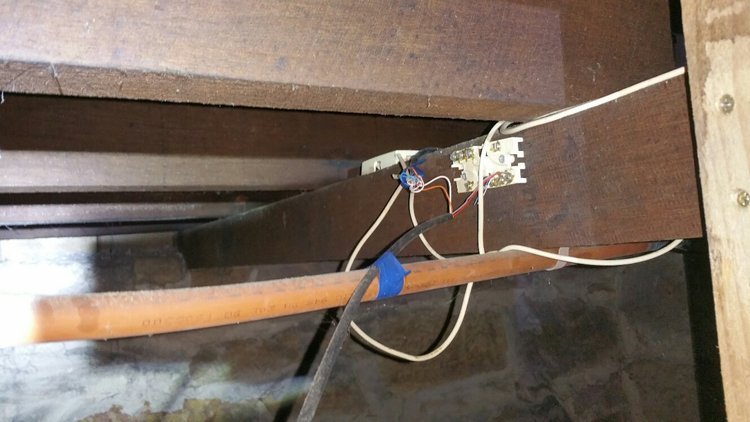When purchasing a home, a building and timber pest inspection are required to find out if there are any problems with the structure or if there are any timber pests.
Who should organise this?
Inspections can be organised by a number of parties, but some present a conflict of interest.
i) The Vendor - The vendor is ideally looking for a report that says the home has a "clean bill of health"; as such, if they engage a pest and/or building inspector, there is a possibility that the inspector is put under duress to present the report in the most favourable possible light.
ii) The real estate agent - is looking primarily after the interests of a vendor. By definition, the real estate agent has the primary role of selling the property. If they engage an inspector, they could possibly try to engage one that will be more "easy going", less fastidious in finding potential problems with the property.
iii) The purchases conveyancer - If you're buying, then your conveyancer may organise the Inspection as a matter of due diligence. This wholesale outsourcing of inspections can present a problem if the inspector is possibly asked to provide cut price inspections or is too busy to perform thorough inspections. Although acting in your behalf, it's just a matter of a few minutes whilst your discussing the purchase with your conveyancer to find out who they use and check a few reviews. 👌🏻
iv) The purchaser - this is the most ideal candidate for organising a timber pest and building inspection, but there are potential pitfalls. Often, the purchaser can be financially stretched to the limit, especially with real estate prices rocketing. The temptation can be to find the "best deal", not all timber pest inspectors are created equal. The cheaper the price, the quicker the report, the quicker the report, the greater the possibility something will be missed. You're better off spending a bit more and getting a quality, detailed report rather than a cheap one.
Will your Inspection include photos and inform you of potential problems? The best way to know may be to organise it yourself.
There are potential problems in each of these scenarios, and not all inspectors are created equal, a conflict of interest can arise in each case.
Ideally, its best to look into each scenario and make an informed decision that you're comfortable with. In theory, there isn't a problem with each of these options, in practice, our experience has been otherwise.
Either way, do your homework, use reputable, licenced and insured inspectors and your possibility of surprises will be reduced.
The Area around the property should also be checked to reveal potential threats.

















